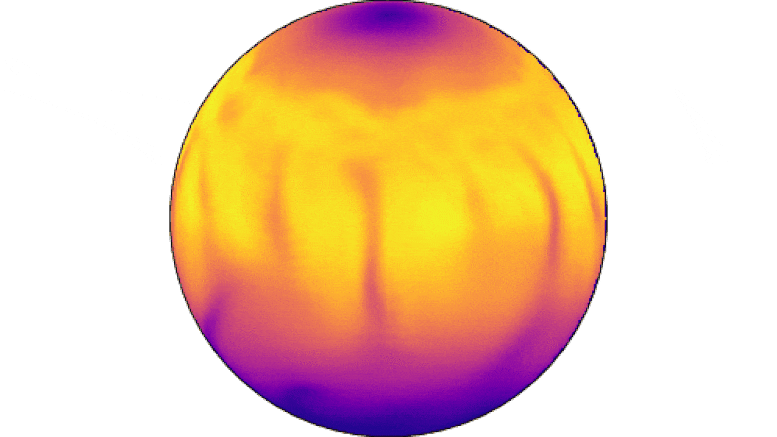Family sedan breaks speed record.
The new Tesla Model S Plaid has reportedly achieved a new quarter-mile world record with a 9.2-second run, according to Jay Leno, who was at the racetrack for the record attempt.
After several months of delays, Tesla is apparently finally going to start deliveries of the new and updated Model S next week, including the new top performance Plaid version.
The automaker announced some impressive specs with 390 miles of range, 200 mph top speed, and 1.99 second 0–60 mph acceleration.








